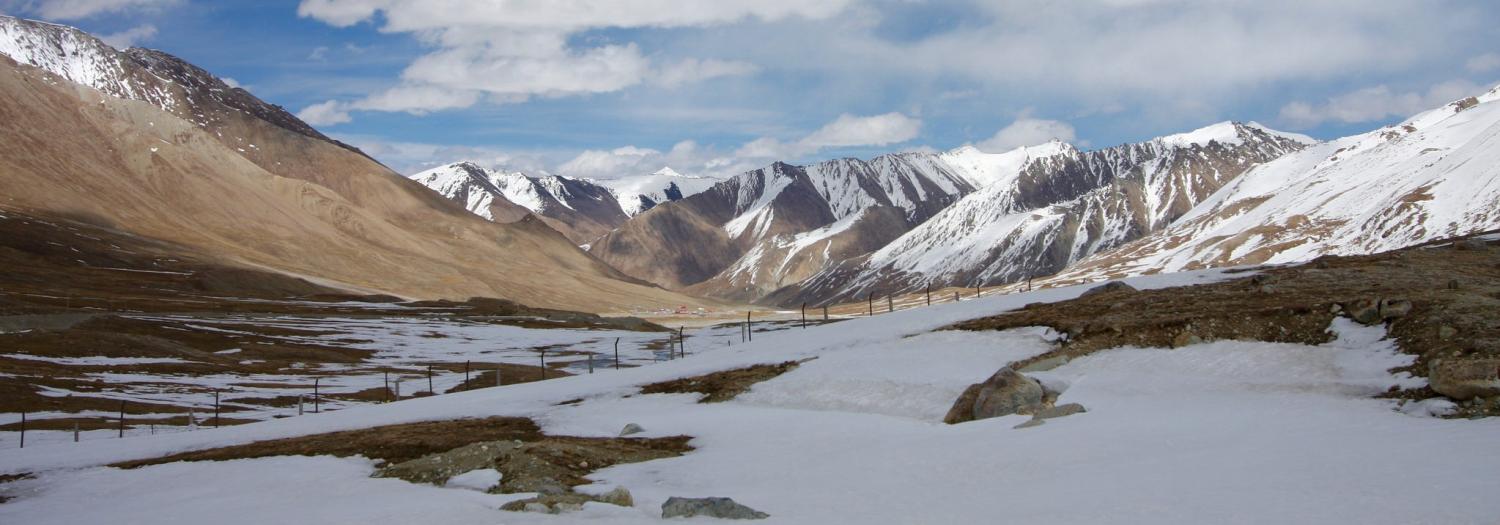Nick Bisley is right to call for a clearer – and I would add more confident – Australian strategy towards China. But should this involve signing up to President Xi Jinping's Belt and Road Initiative (BRI)? I am not convinced.
BRI is long on rhetoric and unclear in design. According to Xi, speaking at the Belt and Road Forum back in May, BRI is intended to build 'peace and cooperation, openness and inclusiveness, mutual learning and mutual benefit', rekindling the supposed spirit of the old Silk Road. It is meant to help realise the 'China Dream' (one of Xi's signature concepts) at home and to export China's economic wisdom abroad.
Yet as Peter Cai recently argued in perhaps the best short account of BRI, the initiative is also an attempt to address chronic security and economic challenges. It is intended to strengthen Beijing's hold over Tibet and Xinjiang by accelerating economic development with a westward flow of capital and improved connectivity into Central Asia. It is also intended to address overcapacity in the cement and steel industries, and diminishing returns on domestically invested capital.
Internationally, BRI is supposed to enhance China's security by making its neighbourhood more prosperous, especially by constructing infrastructure that Chinese firms can use for trade and investment (and that China's military might use to project power, if required). And it is a vehicle by which China can internationalise its currency and impose its regulatory standards on its trading partners.
Just how Beijing wants to realise BRI and whether the initiative will generate the benefits it trumpets is less obvious. So far, the view of most informed observers is that Xi's government has not performed well on economic reform, which in turn raises serious questions about its capacity to deliver on BRI. In any event, persuading Chinese firms (even state-owned enterprises) to invest in environments they don't know well in China's west or beyond will be hard despite the manifest coercive capacity of the Chinese state.
Similarly, while huge sums of money have been promised, whether they materialise is another question. As Arthur Kroeber notes, the actual capital being made available to the various BRI-related financial vehicles is much less than what has been authorised. Whether the money will be invested wisely, generating 'win-win' outcomes for Chinese financiers as well as local communities, is also unclear. Beijing's recent track record here is somewhat mixed, as anyone familiar with the notorious white elephant international airport at Hambantota in Sri Lanka knows. And the risk is real that Chinese loans, enthusiastically accepted by leaders not wholly accountable to their peoples or concerned about their welfare, will push a series of relatively poor Central and South Asian states as well as Pacific island nations into generations-long indebtedness.
Over and above these concerns, BRI raises bigger questions about the kind of regional economic and security order we would like to see in the Indo-Pacific. It is telling that BRI is organised on a 'hub-and-spokes' model, despite Chinese claims that it is somehow 'multilateral' in form. The 'One Belt' and 'One Road' run back to One Capital – Beijing – and joining BRI would require signing a bilateral memorandum of understanding with China rather signing up to some kind of internationally negotiated, rules-governed, multilateral institution. This speaks volumes about China's ambitions under Xi, particularly the desire for a Sino-centric economic order in which Beijing decides who gets trading and financial privileges from China, and who does not.
In this wider context, Australia's approach to BRI - which amounts to 'wait and see' while also asking politely for more transparency - is not unreasonable. It 'brackets off', to use Nick's phrase, the moral and political issues of whether or not Australia should involve itself in something designed to tighten Beijing's control over Tibet or Xinjiang, that will likely lead to the dumping of Chinese steel and cement into vulnerable markets, that will probably produce significant levels of indebtedness in vulnerable states, and that is designed to help keep Xi Jinping, the most hardline leader China has seen since Deng Xiaoping, or perhaps even Mao, in power for an indefinite period. It mitigates the risk of signing up to an open-ended enterprise with significant risks and signaling to the region that Australia is content to see a Sino-centric order emerge without a means of restraining the use of China's economic power to reward favoured regimes and punish those with which it disagrees.
It is possible, of course, that the states which have signed up to BRI will derive some first-mover advantages, and Australia might, in that area, lose out. But we should remember that the China-led Asian Infrastructure Investment Bank was eventually constituted on multilateral lines with governance arrangements based on the World Bank. It may well be that waiting and seeing will bring about a much-needed change of Chinese approach to BRI too.

